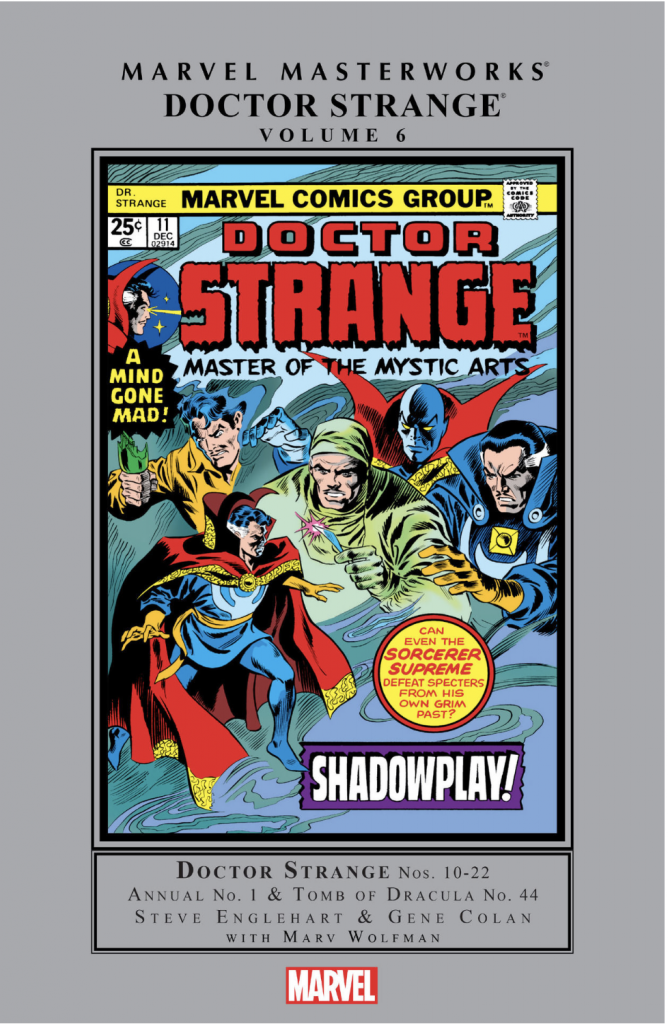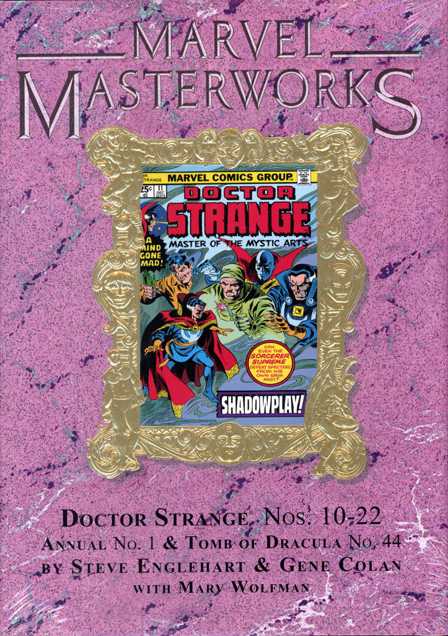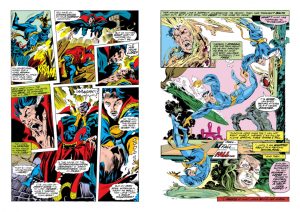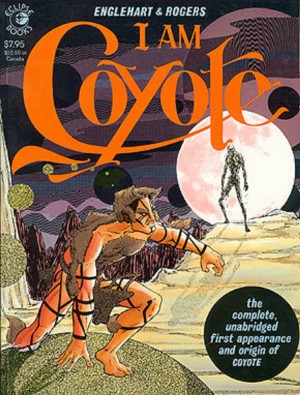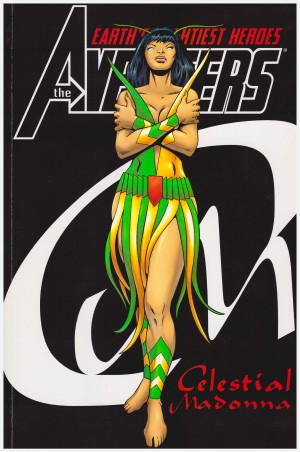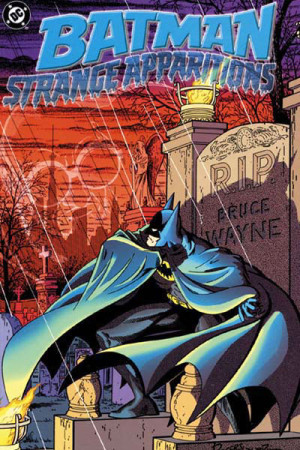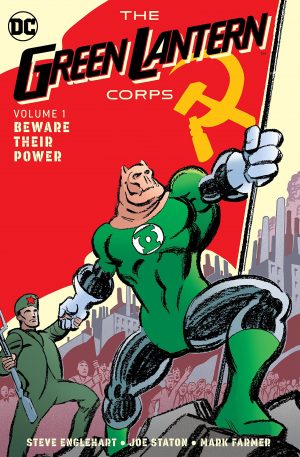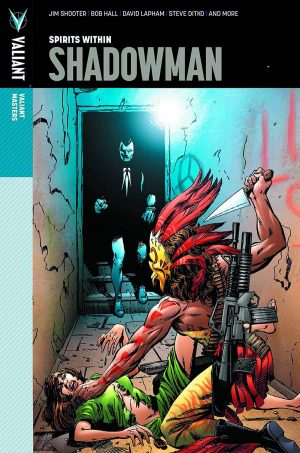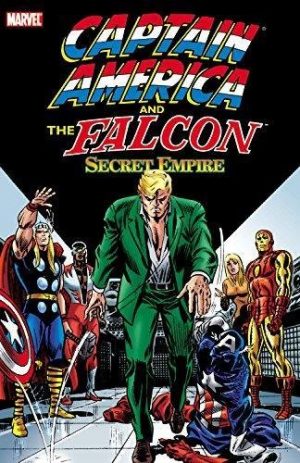Review by Graham Johnstone
This sixth volume of chronological reprints of Doctor Strange opens in 1975, continuing the run by writer Steve Englehart, and one of the greatest art teams on the series, Gene Colan and Tom Palmer.
Volume 5 showed Englehart more interested in the philosophy of the series, but story ideas are more developed here. It opens well with Strange facing versions of himself – the arrogant medic, the self-pitying alcoholic, etc. It’s a memorable use of the magical to have Strange confront himself, though neither the Masque of the Red Death allusions, or the rationale of Eternity judging the world on Strange’s response convince. A crossover with Tomb of Dracula (reviewed here) is strong, while an encounter with biblical evil, otherwise strong, feels misplaced. Where Englehart repeatedly does convince, is on the character’s reactions, the burdens of responsibility and knowledge, and the story elements, including a manifestation of former mentor The Ancient One, service this end.
Englehart wisely avoids over-populating the series with new mystics, making good use of recurring characters Dormammu, Umar, Nightmare, and Eternity. The appearance of ‘adepts’ Lord Fyffe and Rama Kaliph as Strange’s houseguests, is promising, but under developed, until a teaser that’s then forgotten to due to a writer change.
1976 was the U.S. Bicentennial – celebrating 200 years since the Declaration of Independence from Britain. In Captain America, Engelhart explored the country’s troubled early 1970s politics, and here uses Strange’s time travelling magic to explore key moments in the development of the United States. Strange and disciple/lover Clea go back to Britain in 1618 to meet statesman/philosopher Sir Francis Bacon, author the Utopian novel New Atlantis, and “guiding spirit” of Britain’s colonies in America. Englehart works the ‘missing’ second part of Bacon’s book neatly into the story. The next instalment involves founding father Benjamin Franklin, and plays out well, including hints of illicit romance with Clea. The last page teases next issue ‘The Fate of Doctor Strange’. Sadly the story went no further as Englehart quit Marvel. It’s a real loss, as it was Englehart’s strongest storyline, and a sad echo of Ditko’s Eternity saga unfinished on his similarly abrupt departure from Marvel.
Editor Marv Wolfman, steps in with some routine instalments. He clumsily undoes the hinted Clea/Franklin romance, and has Strange demoted from Sorcerer Supreme, so feeling a deliberate snub to Englehart. Yet Wolfman’s arc continues the inter-dimensional god-bothering, so rendering the change pointless. His work continues in Volume 7.
Gene Colan and inker/finisher/colourist Tom Palmer deliver their second spellbinding run on the series, elevating the stories. For whatever reason, they left with Englehart. Wolfman’s chapters are drawn by Fillipino artists Rudy Nebres, and Alfredo Alcala, whose intricate traditional rendering would find a better home in Marvel’s black and white magazines. Between those two chapters fell a double length story co-plotted by P. Craig Russell, who also pencils, inks, and subtly colours, confirming a labour of love. Some elegant page designs (pictured, right) highlight the magical world and effects. Most of Russell’s skill, though, goes into the achingly beautiful line-work: then state of the art, now possessing a period charm.
The two hundred pages of peak Englehart/Colan/Palmer make this one of the best Doctor Strange collections, and the same material is included in the third Essential Doctor Strange phonebook, and fourth oversized paperback Epic Collection: Alone Against Eternity.
